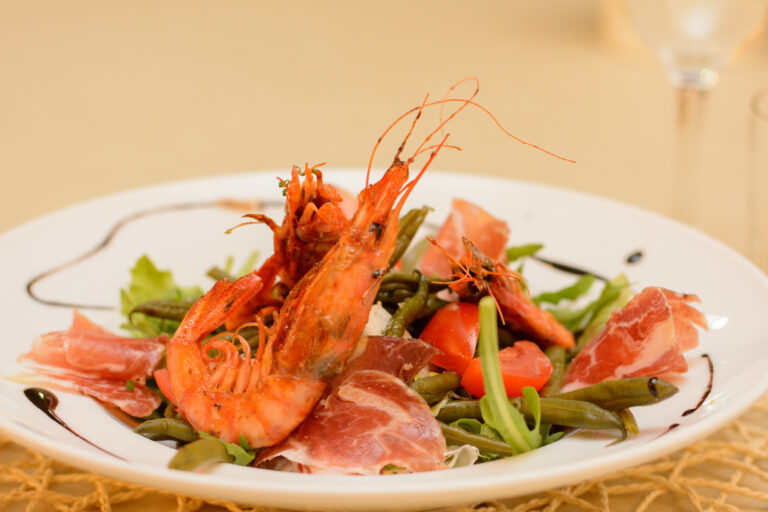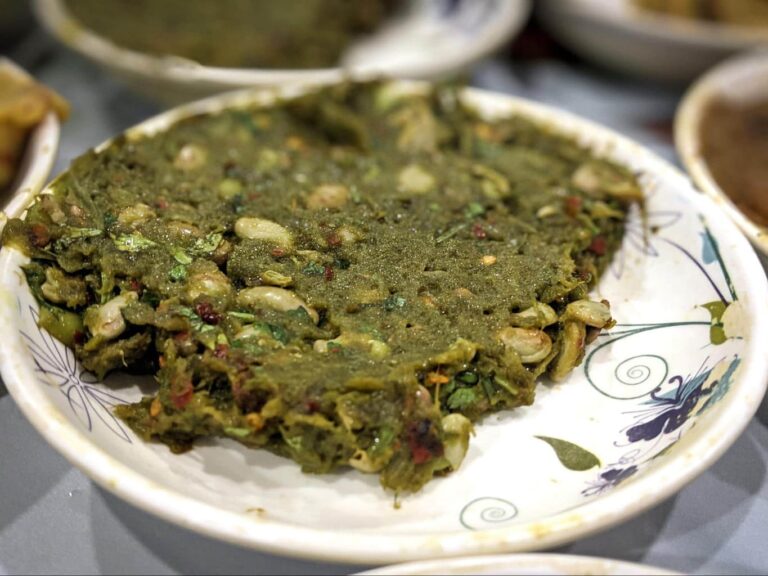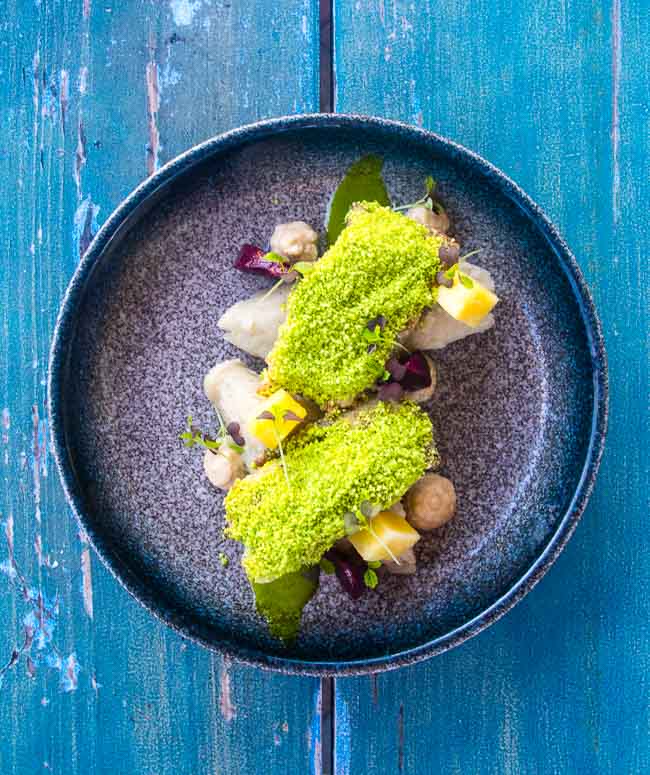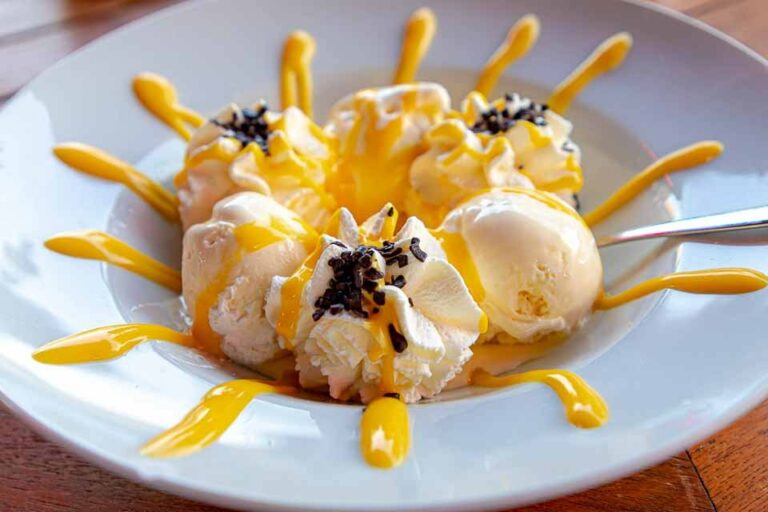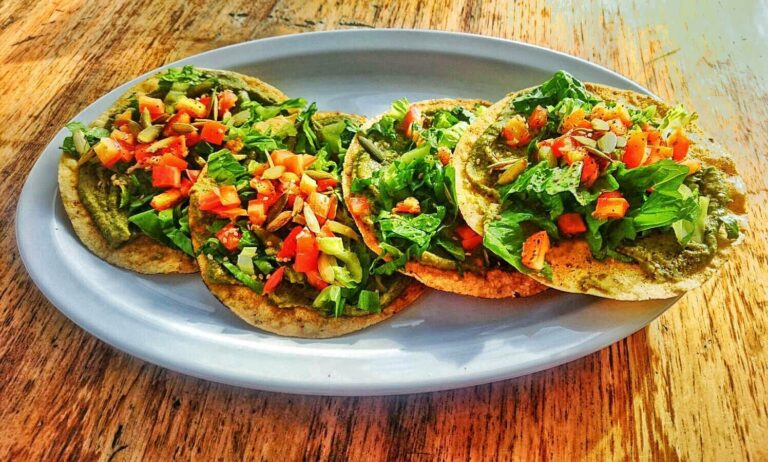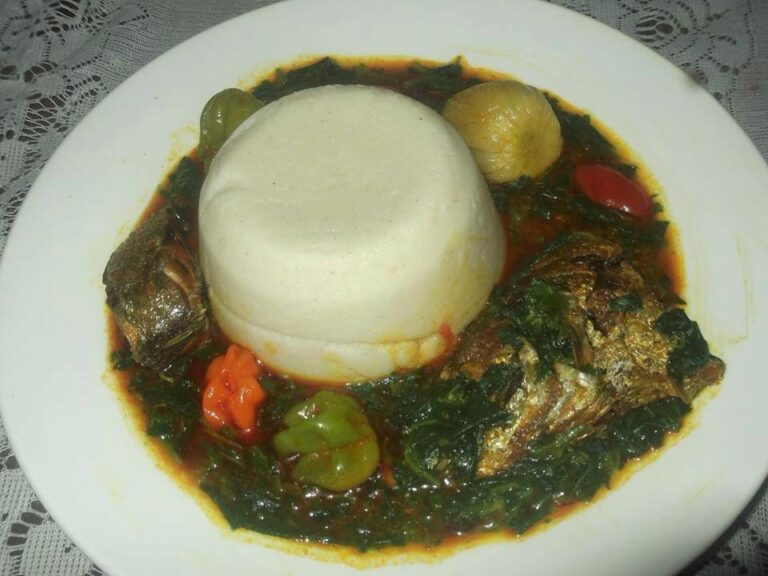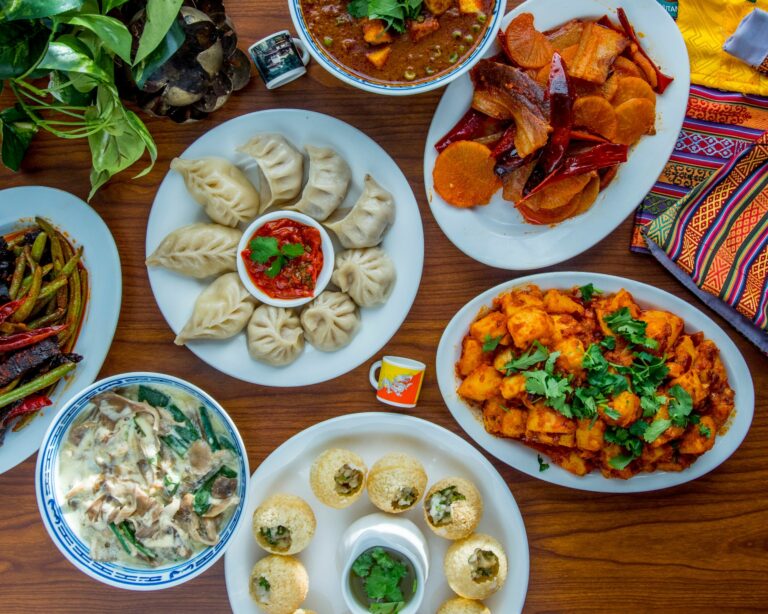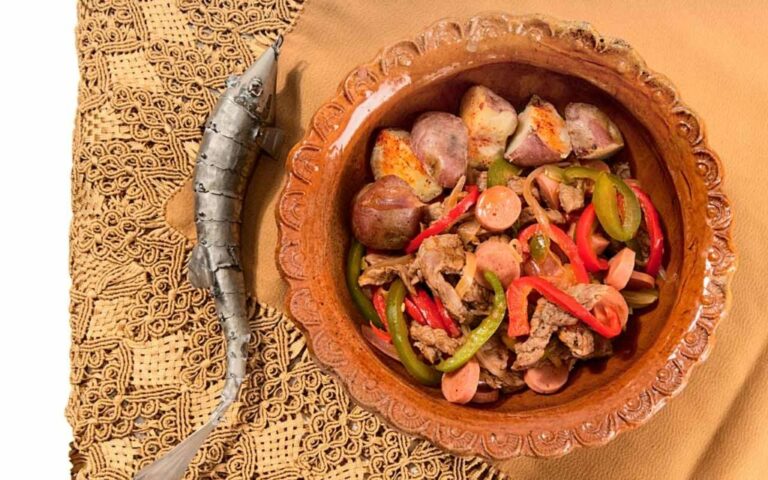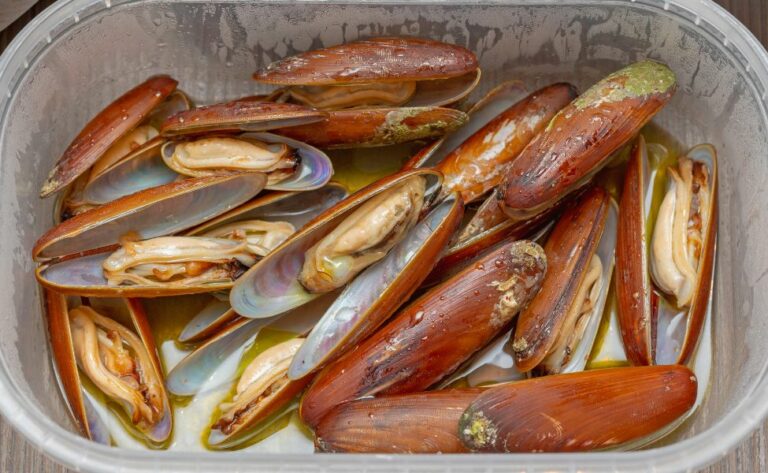Introduction to Andorran Cuisine
Andorra is a small principality nestled in the heart of the Pyrenees mountains between France and Spain. Despite its small size, Andorra boasts a unique culinary culture that blends the flavors and ingredients from its two neighboring countries. Andorran cuisine is heavily influenced by the region’s mountainous landscape, which limits the availability of certain ingredients while enabling the cultivation of others.
Andorra’s Unique Culinary Culture
Andorran cuisine is a fusion of Spanish and French culinary traditions, with a distinct mountainous twist. The cuisine reflects the country’s rural and rustic roots, featuring hearty dishes made from locally-sourced ingredients. Due to its location, Andorra has a wealth of fresh and flavorful ingredients that are used to create dishes that are both simple and delicious.
Traditional Andorran Dishes
Andorra’s cuisine is a reflection of its rural lifestyle, with meat and dairy forming the basis of many dishes. Some of the most traditional Andorran dishes include trinxat (a cabbage and potato dish), escudella (a hearty stew), and carn d’olla (a meat soup). Other popular dishes include grilled meats, sausages, and stews made with game meat or pork.
The Role of Local Ingredients
Local ingredients play a crucial role in Andorran cuisine. Due to the country’s mountainous terrain, many of the ingredients used in Andorran dishes are sourced from the surrounding valleys and forests. Andorra’s cuisine relies heavily on a few key ingredients that are abundant in the region, such as cheese, vegetables, and game meat.
Andorran Cheese: A Staple in the Cuisine
Andorra is known for its delicious cheese, which is made using traditional methods passed down through generations. The most popular cheese in Andorra is tupí, a soft cheese made from cow’s milk. Other local cheeses include serradura, a hard cheese made from sheep’s milk, and formatge de cabra, a goat cheese that is used in many traditional dishes.
Andorran Vegetables: Grown in the Mountains
Andorra’s mountainous terrain and cool climate make it an ideal place for growing vegetables, and local produce plays a big role in Andorran cuisine. Cabbages, potatoes, onions, and other root vegetables are commonly used in Andorran dishes, often combined with meat to create hearty stews and soups.
Game Meat: A Popular Andorran Protein
Game meat is a popular protein in Andorran cuisine, with dishes featuring venison, wild boar, and rabbit. These meats are often slow-cooked with vegetables and spices to create rich and flavorful stews. Hunting and fishing are traditional pastimes in Andorra, and many locals still source their meat and fish from the surrounding forests and rivers.
Mediterranean Influences on Andorran Cuisine
Despite its mountainous landscape, Andorra is still heavily influenced by the Mediterranean region. Olive oil, garlic, and herbs such as rosemary and thyme are commonly used in Andorran dishes, reflecting the country’s ties to its neighboring countries. Additionally, Andorra’s proximity to the sea means that seafood features prominently in its cuisine, with dishes such as paella and seafood stews being popular choices.

